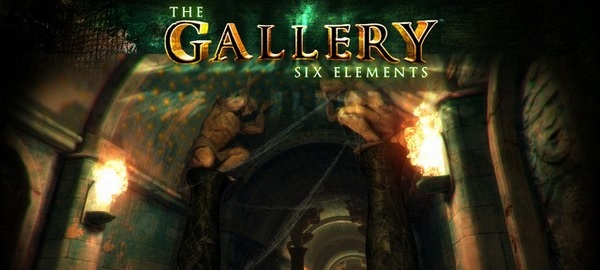Dreamworks’ Trespasser was known for two reasons: a) its dinos and b) for its ‘arm-simulator’ mechanics. Truth be told, the game also featured some amazing physics powering it, however that awful arm-simulator-squishing-everything-let-me-see-if-i-can-grab-this thing got really annoying. It’s been almost fifteen years since Trespasser’s release, and a new challenger aims to claim its crown. Its name is The Gallery: Six Elements, a game developed for the Oculus Rift with support for motion controllers.
As the team described:
“Though The Gallery: Six Elements is perfectly playable with a standard mouse/keyboard, or gamepad setup, one of our goals is to include robust support for motion controllers such as the Razer Hydra. We feel that (especially in the context of supporting VR) motion control will be a deeply rewarding tool for interacting with objects and environments. Beyond the obvious control benefits, this extra level of connection with the virtual self will greatly enhance general immersion.”
In order to showcase the motion controller support, CloudHead Games released a video for it from an early build. And to be honest, this looks as close to Trespasser as you can possibly think. It looks good, though it still has a number of issues that will be – hopefully – ironed out.
We should also note that there The Gallery: Six Elements is powered by the Unity Engine, and that there is a Kickstarter campaign for it that ends in 3 days. CloudHead Games aims to raise $65K (they have collected $63K so they are really close to it). Special thanks to our reader ‘Gianluca Manocchio’ for spotting it.
Enjoy!

John is the founder and Editor in Chief at DSOGaming. He is a PC gaming fan and highly supports the modding and indie communities. Before creating DSOGaming, John worked on numerous gaming websites. While he is a die-hard PC gamer, his gaming roots can be found on consoles. John loved – and still does – the 16-bit consoles, and considers SNES to be one of the best consoles. Still, the PC platform won him over consoles. That was mainly due to 3DFX and its iconic dedicated 3D accelerator graphics card, Voodoo 2. John has also written a higher degree thesis on the “The Evolution of PC graphics cards.”
Contact: Email

